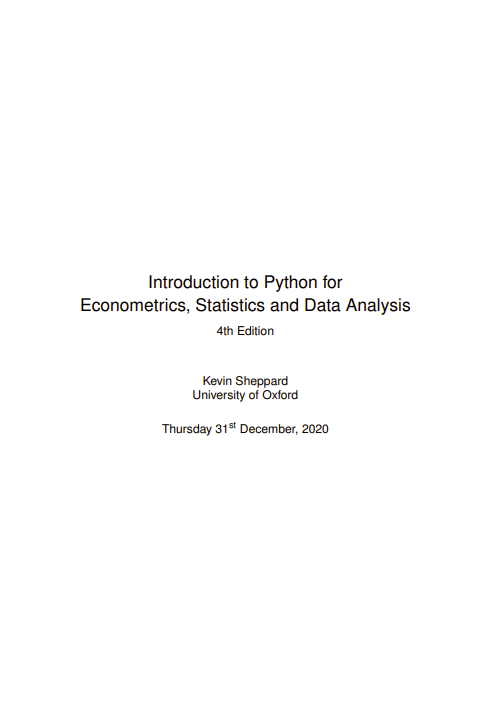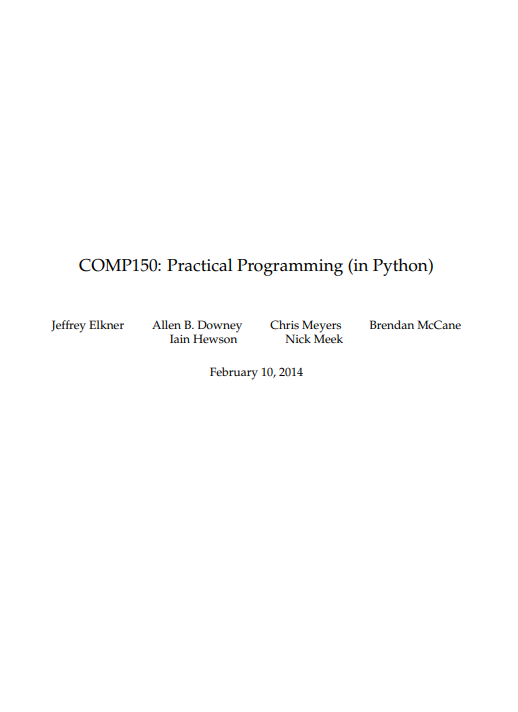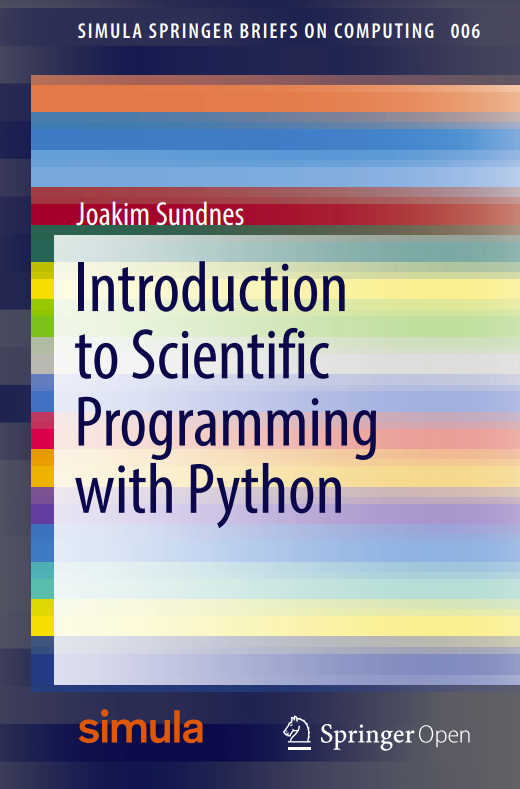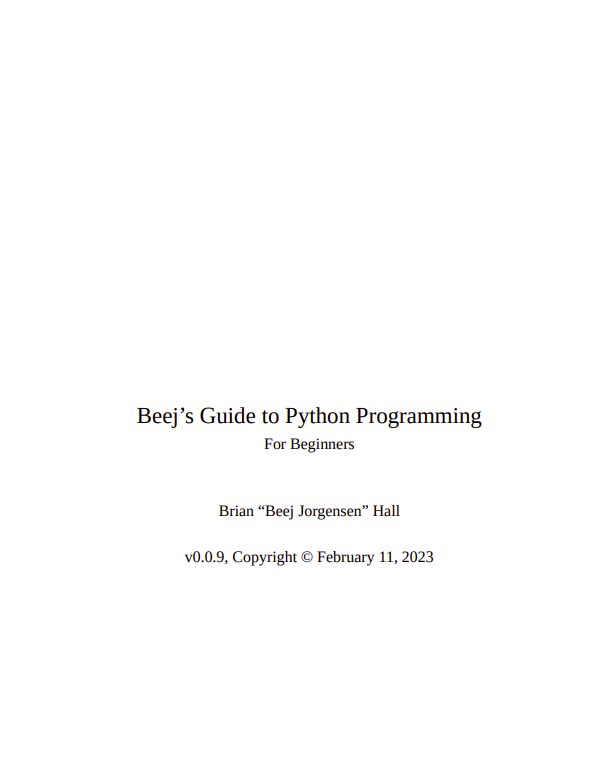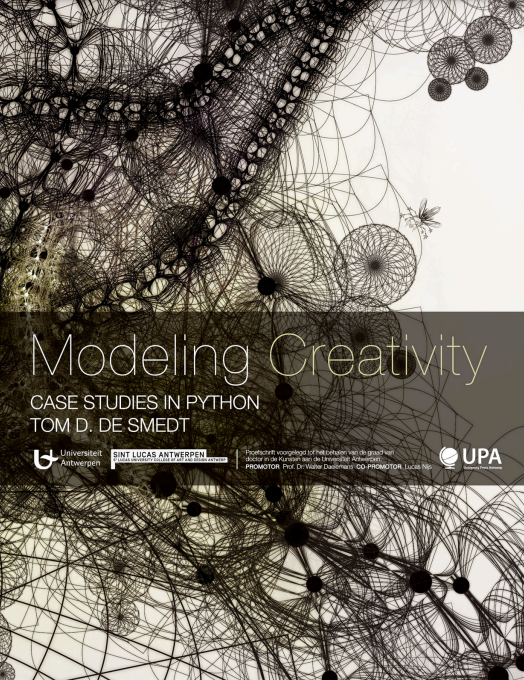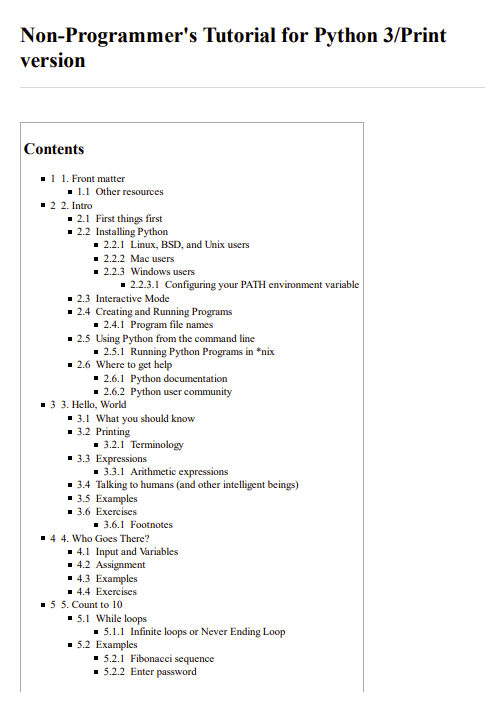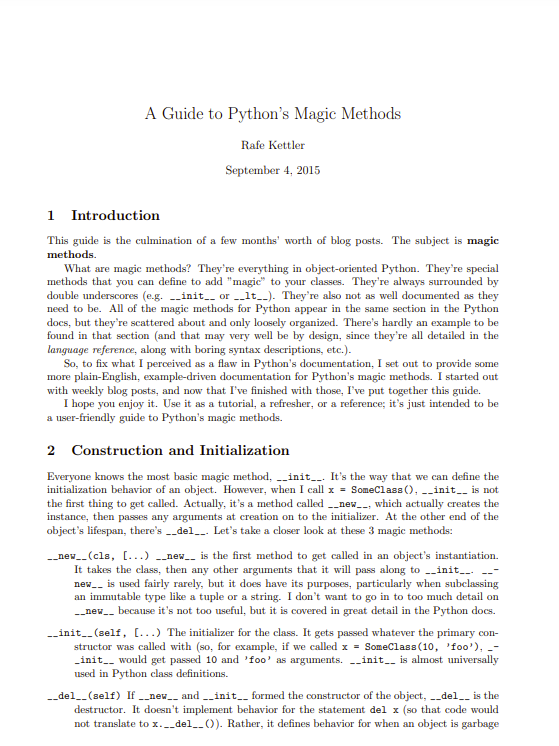These notes are designed for someone new to statistical computing wishing to develop a set of skills necessary to perform original research using Python. They should also be useful for students, researchers or practitioners who require a versatile platform for econometrics, statistics or general numerical analysis (e.g. numeric solutions to economic models or model simulation).
Python is a popular general–purpose programming language that is well suited to a wide range of problems. Recent developments have extended Python’s range of applicability to econometrics, statistics, and general numerical analysis. Python – with the right set of add-ons – is comparable to domain-specific languages such as R, MATLAB or Julia. If you are wondering whether you should bother with Python (or another language), an incomplete list of considerations includes:
You might want to consider R if:
• You want to apply statistical methods. The statistics library of R is second to none, and R is clearly at the forefront of new statistical algorithm development – meaning you are most likely to find that new(ish) procedure in R.
• Performance is of secondary importance.
• Free is important.
You might want to consider MATLAB if:
• Commercial support and a clear channel to report issues is important.
• Documentation and organization of modules are more important than the breadth of algorithms available.
• Performance is an important concern. MATLAB has optimizations, such as Just-in-Time (JIT) compilation of loops, which is not automatically available in most other packages.
